AST2400 iBMC
Configuration Guide
Version 1.0
Copyright
Copyright © 2014 MiTAC International Corporation. All rights reserved. No part of
this manual may be reproduced or translated without prior written consent from
MiTAC International Corporation.
Notice
Information contained in this document is furnished by MiTAC International
Corporation and has been reviewed for accuracy and reliability prior to printing.
MiTAC assumes no liability whatsoever, and disclaims any express or implied
warranty, relating to sale and/or use of TYAN® products including liability or
warranties relating to fitness for a particular purpose or merchantability. MiTAC
retains the right to make changes to product descriptions and/or specifications at
any time, without notice. In no event will MiTAC be held liable for any direct or
indirect, incidental or consequential damage, loss of use, loss of data or other
malady resulting from errors or inaccuracies of information contained in this
document.
1
�
Contents
1. IPMI OS Drivers and Open Source Software........................................4
1.1 Windows IPMI Driver .........................................................................4
1.2 Open IPMI Driver on Linux ................................................................4
1.3 IPMI Tool and Other Open Source Software.....................................4
2. SP-X WEB GUI.........................................................................................6
2.1 MegaRAC® GUI Overview ..................................................................6
2.2 User Name and Password..................................................................6
2.3 Dashboard ..........................................................................................7
2.4 FRU Information..................................................................................8
2.5 Server Health Group...........................................................................9
2.5.1 Sensor Readings ...........................................................................10
2.5.2 Event Log.......................................................................................11
2.5.3 Audio Logs ....................................................................................12
2.5.4 BSOD Screen ...............................................................................13
2.6 Configuration Group..........................................................................14
2.6.1 Active Directory..............................................................................15
2.6.2 DNS................................................................................................16
2.6.3 Event Log......................................................................................17
2.6.4 Image Redirection.........................................................................18
2.6.5 LDAP.............................................................................................23
2.6.6 License..........................................................................................24
2.6.7 Mouse Mode .................................................................................26
2.6.8 NCSI .............................................................................................27
2.6.9 Network.........................................................................................28
2.6.10 Network Link ................................................................................31
2.6.11 NTP Settings...............................................................................33
2.6.12 PAM Ordering Settings ...............................................................35
2.6.13 PEF .............................................................................................36
2.6.14 RADIUS ......................................................................................48
2.6.15 Remote Session..........................................................................50
2.6.16 Services ......................................................................................51
2.6.17 SMTP ..........................................................................................53
2
�
2.6.18 SSL .............................................................................................55
2.6.19 System Firewall...........................................................................56
2.6.20 User Management ......................................................................58
2.6.21 Virtual Media...............................................................................62
2.7 Remote Control.................................................................................64
2.7.1 Console Redirection.......................................................................65
2.7.1.1 Video..........................................................................................69
2.7.2 Server Power Control.....................................................................84
2.7.3 Other Control ................................................................................85
2.7.4 JAVA SOL.....................................................................................86
2.8 Auto Video Recording......................................................................87
2.8.1 Trigger Configuration ....................................................................88
2.8.2 Video Recording ..........................................................................90
2.9 Maintenance Group .........................................................................92
2.9.1 Preserve Configuration ................................................................93
2.9.2 Restore Configuration..................................................................94
2.10 Firmware Update ...........................................................................95
2.10.1 Firmware Update ........................................................................96
2.10.2 BIOS Update...............................................................................97
2.10.3 Protocol Configuration ................................................................98
2.11 Log Out ........................................................................................100
3. BMC Port Number...............................................................................101
3
�
1. IPMI OS Drivers and Open Source Software
AST2400 firmware is full compliant with IPMI 2.0 specification. So users could use
standard IPMI driver comes from operation system distribution.
1.1 Windows IPMI Driver
AST2400 supports Intel reference driver, you can get it from
http://www.intel.com/design/servers/ipmi/tools.htm
From Windows Server 2003 R2, Microsoft also provide in box IPMI driver. You can
use it also.
1.2 Open IPMI Driver on Linux
AST2400 supports the Open IPMI driver in Linux Kernel. Use the following
commands to load IPMI drivers.
“modprobe ipmi_devintf”
“modprobe ipmi_si”
If you use old version Linux Kernel, you need to replace module “ipmi_si” with
“ipmi_kcs”
Note that TYAN motherboard BIOS encodes IPMI Base IO address at 0xCA2 in its
DMI table IPMI entry, any generic OS IPMI drivers should have no problem to
support it.
1.3 IPMI Tool and Other Open Source Software
AST2400 supports open source software IPMI Tool, you can also use other ones
like Open IPMI, IPMI Utility. Note that for IPMI Tool SOL session, user needs to use
BIOS setup menu to configure “Remote Serial Console Redirect” to use COMA, and
set baud rate to 38.4K, 8 bits, no parity, and Xon/Xoff handshaking.
4
�
NOTE
5
�
2. SP-X WEB GUI
2.1 MegaRAC® GUI Overview
The MegaRAC® SP-X SoC (System-on-Chips) has an AMI generic, user-friendly
Graphics User Interface (GUI) called the MegaRAC® GUI. It is designed to be easy
to use. It has a low learning curve because it uses a standard Internet browser. You
can expect to be up and running in less than five minutes.
2.2 User Name and Password
Initial access of MegaRAC SP-X prompts you to enter the User Name and
Password. A screenshot of the login screen is given below.
Default User Name and Password
The default user name and password are as follows:
Username: root
Password: superuser
NOTE:
The default user name and password are in lower-case characters.
When you log in using the user name and password, you get full
administrative rights. It is advised to change your password once you login.
6
�
2.3 Dashboard
In MegaRAC GUI, the Dashboard page gives the overall information about the
status of a device. To open the Dashboard page, click Dashboard from the main
menu. A sample screenshot of the Dashboard page is shown below.
7
�
2.4 FRU Information
In MegaRAC GUI, the FRU Information Page displays the BMC FRU file information.
The information displayed in this page is Basic Information, Common Header
Information, Chassis Information, Board Information and Product Information of the
FRU device.
To open the FRU Information, click FRU Information from the top menu. Select a
FRU Device ID from the Basic Information section to view the details of the selected
device. A screenshot of FRU Information Page is given below.
8
�
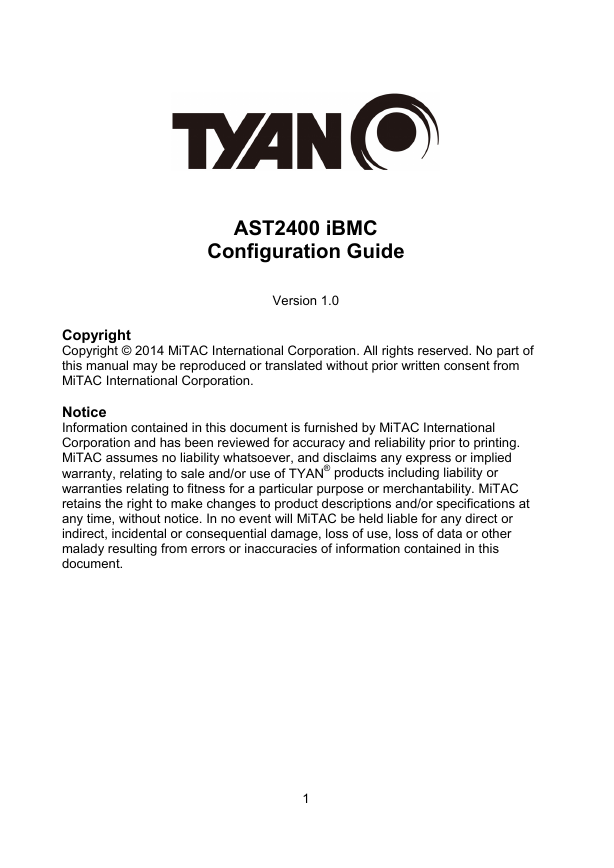
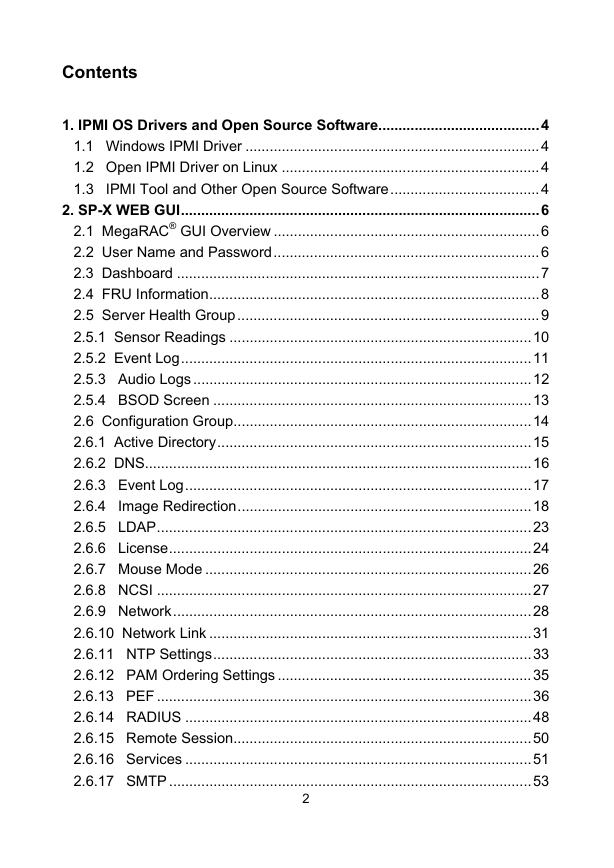
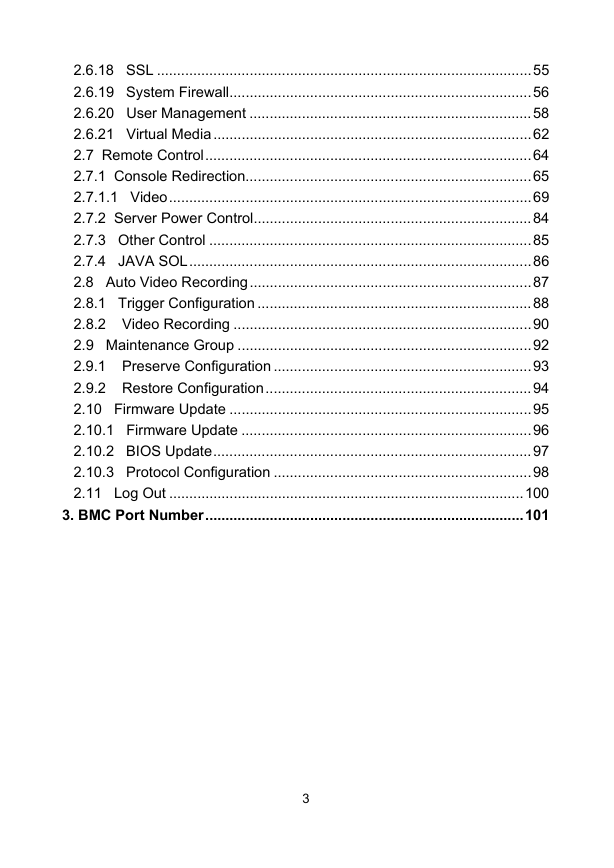
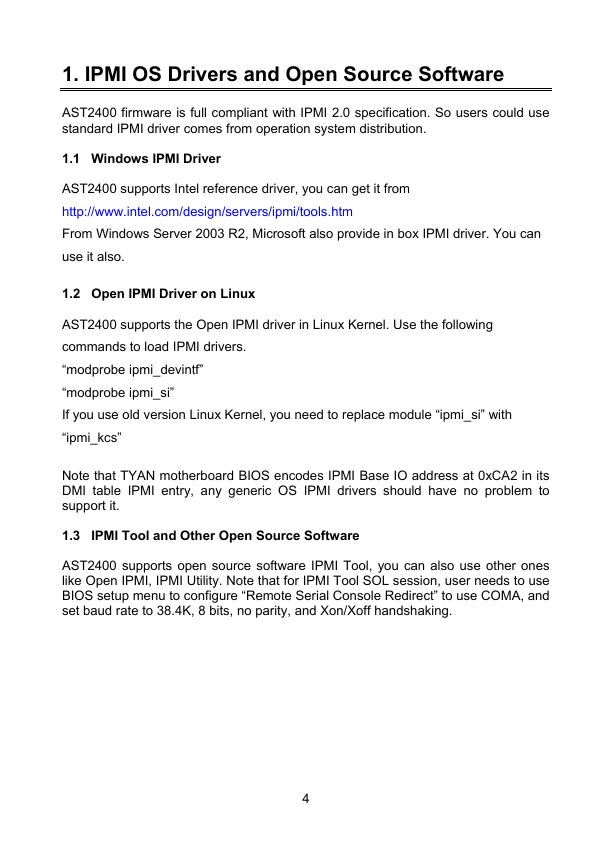


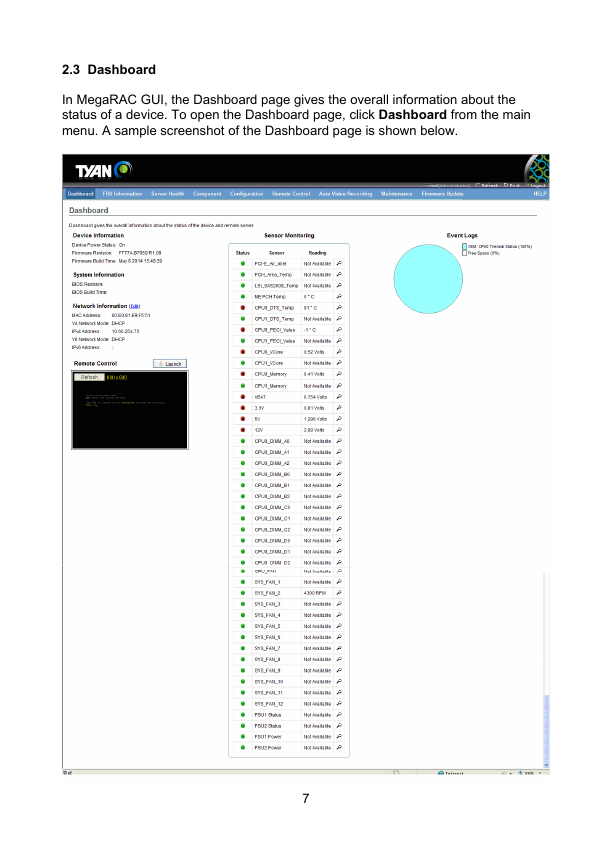
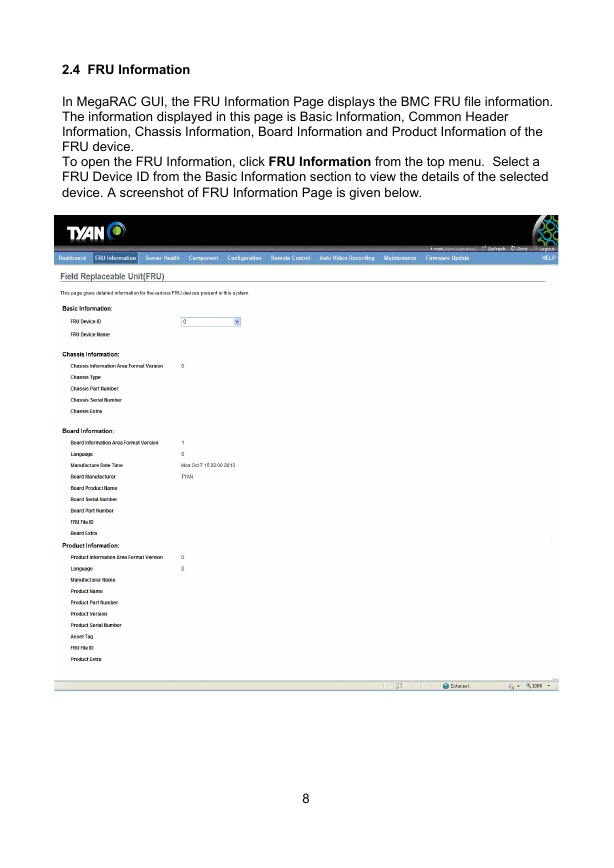








 2023年江西萍乡中考道德与法治真题及答案.doc
2023年江西萍乡中考道德与法治真题及答案.doc 2012年重庆南川中考生物真题及答案.doc
2012年重庆南川中考生物真题及答案.doc 2013年江西师范大学地理学综合及文艺理论基础考研真题.doc
2013年江西师范大学地理学综合及文艺理论基础考研真题.doc 2020年四川甘孜小升初语文真题及答案I卷.doc
2020年四川甘孜小升初语文真题及答案I卷.doc 2020年注册岩土工程师专业基础考试真题及答案.doc
2020年注册岩土工程师专业基础考试真题及答案.doc 2023-2024学年福建省厦门市九年级上学期数学月考试题及答案.doc
2023-2024学年福建省厦门市九年级上学期数学月考试题及答案.doc 2021-2022学年辽宁省沈阳市大东区九年级上学期语文期末试题及答案.doc
2021-2022学年辽宁省沈阳市大东区九年级上学期语文期末试题及答案.doc 2022-2023学年北京东城区初三第一学期物理期末试卷及答案.doc
2022-2023学年北京东城区初三第一学期物理期末试卷及答案.doc 2018上半年江西教师资格初中地理学科知识与教学能力真题及答案.doc
2018上半年江西教师资格初中地理学科知识与教学能力真题及答案.doc 2012年河北国家公务员申论考试真题及答案-省级.doc
2012年河北国家公务员申论考试真题及答案-省级.doc 2020-2021学年江苏省扬州市江都区邵樊片九年级上学期数学第一次质量检测试题及答案.doc
2020-2021学年江苏省扬州市江都区邵樊片九年级上学期数学第一次质量检测试题及答案.doc 2022下半年黑龙江教师资格证中学综合素质真题及答案.doc
2022下半年黑龙江教师资格证中学综合素质真题及答案.doc